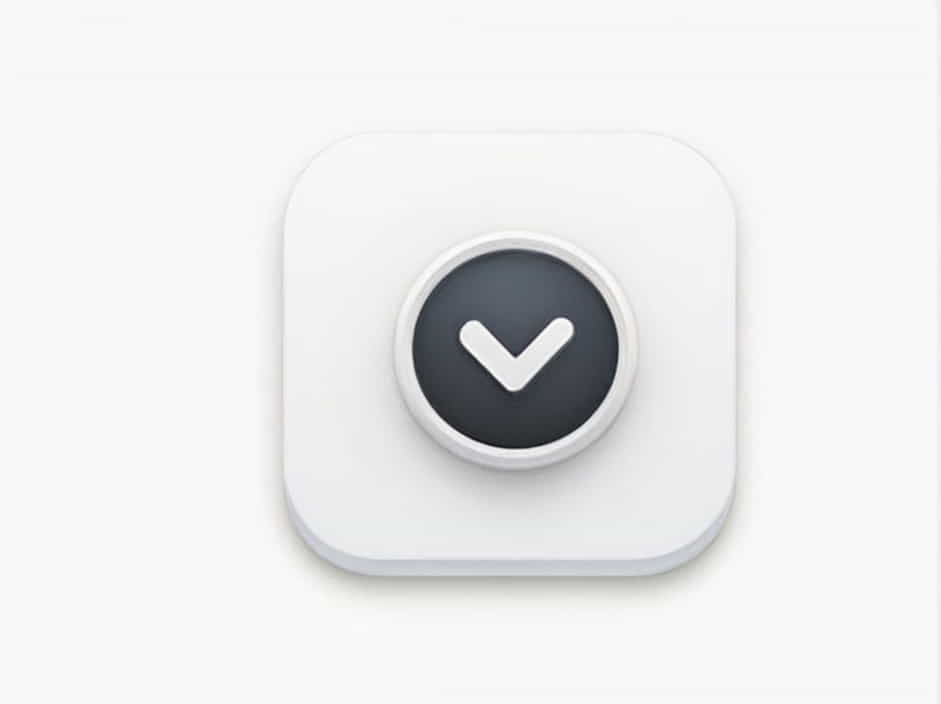In modern technology, there are multiple ways to connect two devices directly for communication, data transfer, or networking. Whether you are linking computers, smartphones, printers, or gaming consoles, direct connections provide a fast and efficient method without relying on third-party networks.
This topic explores the different ways to connect two devices directly, including wired and wireless methods, their advantages, and practical applications.
Why Connect Two Devices Directly?
Direct device connections are useful in several scenarios, including:
✅ Data Transfer – Sharing files between two devices without an internet connection.
✅ Network Configuration – Setting up a direct network between computers.
✅ Peripheral Connectivity – Connecting devices like printers, cameras, or external drives.
✅ Gaming and Media Sharing – Linking devices for multiplayer gaming or streaming.
Different methods are used depending on the type of devices and purpose of the connection.
Wired Methods to Connect Two Devices Directly
1. Ethernet Crossover Cable
An Ethernet crossover cable is a special type of network cable designed to connect two devices without using a router or switch.
How It Works:
- The transmit and receive wires in the cable are swapped, allowing two devices to communicate.
- Used for computer-to-computer or router-to-router connections.
- Requires manual IP configuration unless both devices support Auto-MDIX (automatic crossover detection).
Advantages:
✅ High-speed connection.
✅ No need for an external network.
✅ Secure and stable communication.
Disadvantages:
❌ Limited to devices with Ethernet ports.
❌ Requires a physical cable for connection.
2. USB-to-USB Direct Cable
A USB-to-USB bridge cable allows two computers to share data through direct USB communication.
How It Works:
- A special cable with an embedded chip facilitates data transfer.
- Requires drivers and software for proper functionality.
- Commonly used for file transfer between two PCs.
Advantages:
✅ Faster than external storage transfers.
✅ No need for additional network configuration.
Disadvantages:
❌ Requires a specific type of USB cable (not a standard USB cable).
❌ May require additional software for compatibility.
3. HDMI and Display Port for Audio/Video Transfer
For media sharing and screen mirroring, devices can be connected using:
- HDMI cables (for high-quality audio and video).
- DisplayPort cables (for high-resolution displays).
Use Cases:
- Connecting laptops to external monitors or TVs.
- Linking gaming consoles to display screens.
4. Serial and Parallel Cable Connections
Older devices, such as legacy printers and industrial machines, may use serial (RS-232) or parallel ports to connect directly.
- Serial cables are still used for hardware debugging and networking in specialized fields.
- Parallel cables were traditionally used for printers but are now mostly obsolete.
Wireless Methods to Connect Two Devices Directly
1. Bluetooth
Bluetooth is a wireless technology that enables short-range communication between two devices.
How It Works:
- Devices must be paired before they can exchange data.
- Works best for file sharing, connecting peripherals (keyboards, speakers, mice), and gaming controllers.
Advantages:
✅ No cables required.
✅ Low power consumption.
✅ Supported by most modern devices.
Disadvantages:
❌ Limited range (typically 10-30 meters).
❌ Slower than Wi-Fi for large data transfers.
2. Wi-Fi Direct
Wi-Fi Direct enables two devices to connect wirelessly without needing a router.
How It Works:
- Devices create a peer-to-peer (P2P) connection.
- Used for file sharing, printing, and screen mirroring.
Examples:
- Android and Windows devices support Wi-Fi Direct for file transfers.
- Smart TVs use it for screen mirroring from smartphones.
Advantages:
✅ Faster than Bluetooth.
✅ No need for internet or network infrastructure.
Disadvantages:
❌ Not as widely supported as standard Wi-Fi connections.
3. NFC (Near Field Communication)
NFC allows close-range communication (a few centimeters) between two devices.
How It Works:
- Devices must be in close proximity to exchange data.
- Commonly used for contactless payments, pairing accessories, and quick file transfers.
Advantages:
✅ Fast and simple connection.
✅ Secure communication.
Disadvantages:
❌ Extremely short range.
❌ Not suitable for large data transfers.
4. Infrared (IR) Connection
Infrared was once popular for wireless communication between devices like old mobile phones, remote controls, and printers.
- Requires direct line-of-sight between devices.
- Has been mostly replaced by Bluetooth and Wi-Fi.
Choosing the Right Connection Method
Factors to Consider:
| Feature | Best Option |
|---|---|
| Speed | Ethernet, USB, Wi-Fi Direct |
| Convenience | Bluetooth, Wi-Fi Direct, NFC |
| Security | Ethernet, USB |
| Range | Wi-Fi Direct, Bluetooth |
| Media Sharing | HDMI, DisplayPort |
Choosing the best connection method depends on device compatibility, speed, security, and intended use.
Practical Applications of Direct Device Connections
1. File Sharing Between Two Computers
- Use Ethernet crossover cable, USB transfer cable, or Wi-Fi Direct.
- Ensures fast and secure data transfer.
2. Connecting Peripherals (Mouse, Keyboard, Printer, Speaker)
- Use Bluetooth or USB cables for seamless connectivity.
- Wireless options provide more mobility and convenience.
3. Gaming and Media Streaming
- Use Wi-Fi Direct, HDMI, or Bluetooth for linking gaming consoles, smart TVs, or sound systems.
4. Secure Data Transfer Without Internet
- Ethernet and USB provide secure offline communication for sensitive data.
Direct device connections are essential for file sharing, media transfer, gaming, and network configuration. Depending on the devices and use case, both wired and wireless methods provide different advantages.
Understanding how to connect two devices directly ensures faster, more efficient communication without relying on external networks.
